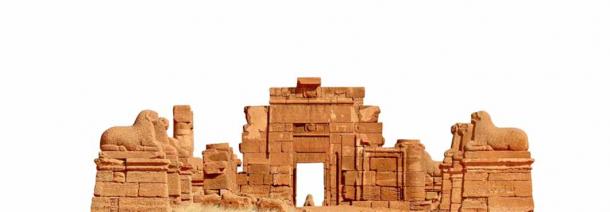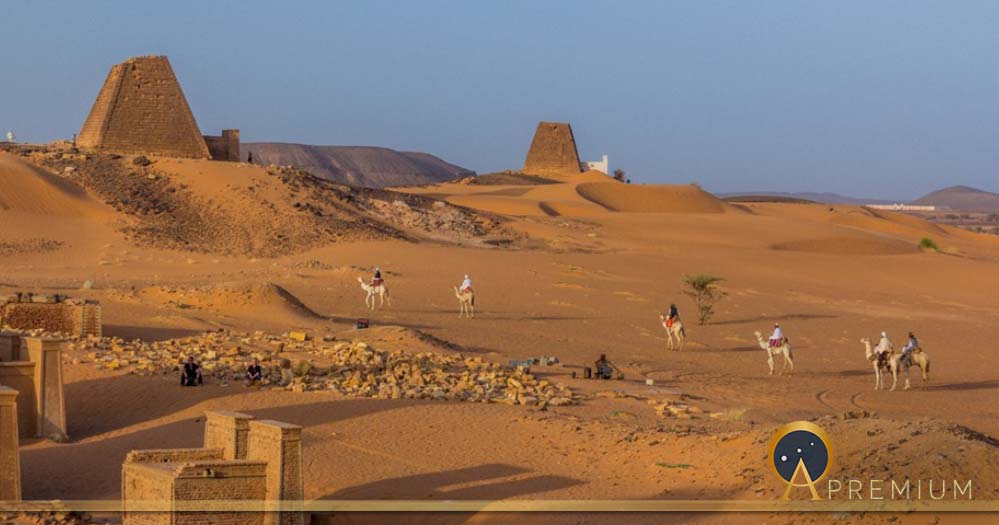Secrets in The Sands Of Sudan: The Kushite Kings’ Pyramids
After the decline of Egypt’s New Kingdom, the Kings of Kush established the 25th Dynasty by expanding their territory to include Egypt, and ruled as the Black Pharaohs for at least a hundred years. Although the term ‘pyramid’ is usually associated with Egypt, Sudan (ancient Kush) prizes five archaeological sites on both sides of the Nile, now mostly covered in sand, that have more pyramids than Egypt. The sites: Jebel Barkal, El-Kurru, Nuri, Sanam and Zuma represent the Napatan (900 - 270 BC) and Meroitic (270 BC - 350 AD) cultures of the Kingdom of Kush. The ruins of 20 pyramids have been found at Nuri, which served as a royal necropolis for the ancient city of Napata, the first capital of the Nubian Kingdom of Kush. Not far from there, at El-Kurru a collection of pyramids contains the pyramids and tombs of the first and last Pharaohs of the 25th Dynasty. After the fall of Napata, the royal seat was moved to Meroë, where there are more than 200 pyramids. At ancient Gematon (modern Kawa) 16 pyramids were found, along with tumuli and mastabas. The Nubians followed the Egyptian pyramid shape, though smaller in size, with a capstone on the top and used exclusively for royals and not for ordinary people. The capstones would be symbols of the sun such as solar discs with figures emerging from them.

The Temple of Amun, isolated on white background. Archaeological site at Jebel Barkal, Napata(Martina/ Adobe Stock)
Jebel Barkal Seat Of Amun
The massive rock outcrop of Jebel Barkal, located about 400 kilometers (248 miles) from modern Khartoum, can be seen from miles away. This mesa - an isolated, flat-topped hill – overshadows the ancient city of Napata – the first religious and political centre of the Kings of Kush. Already in the 15th century BC Pharaoh Thutmose III had established a temple complex at Napata, at the Fourth Cataract of the Nile, after his conquest of Kush. The Temple of Amun stands at a bend of the Nile, framed by the massive Jebel Barkal as a backdrop. The Nubians believed Jebel Barkal Mountain to be the home of the god Amun. The Temple was the Holy of Hollies were the Kings of Kush – and as Pharaohs – were crowned and their divinity was acknowledged by an oracle. King Piankhi and his successors expanded the original temple into a massive religious centre, even adding an avenue down to the royal pier on the Nile, flanked by granite rams.
Like this Preview and want to read on? You can! JOIN US THERE ( with easy, instant access ) and see what you’re missing!! All Premium articles are available in full, with immediate access.
For the price of a cup of coffee, you get this and all the other great benefits at Ancient Origins Premium. And - each time you support AO Premium, you support independent thought and writing.
Dr Micki Pistorius has an Honours Degree in Biblical Archaeology
Top image: Locals on camels near Meroe pyramids, Sudan (Matyas Rehak/ Adobe Stock)
By: Micki Pistorius



















